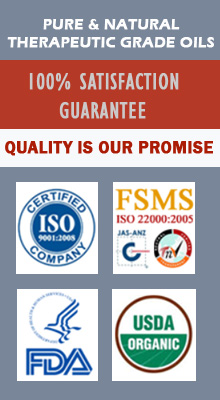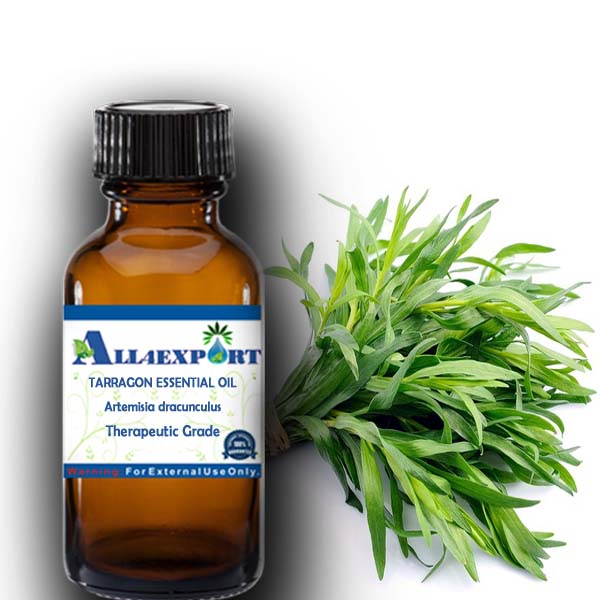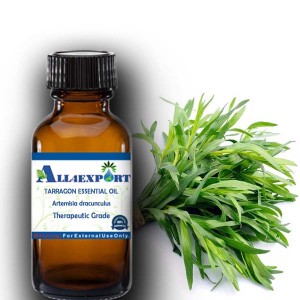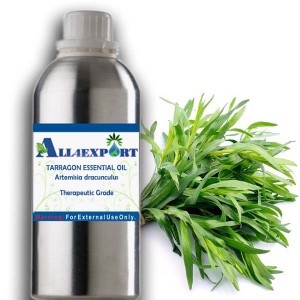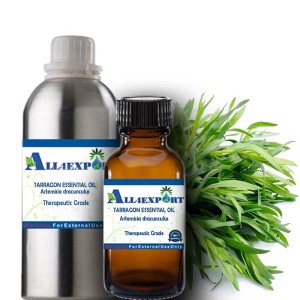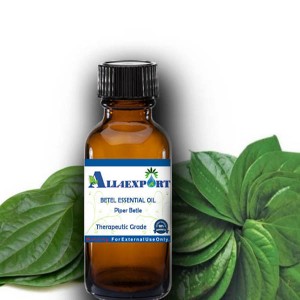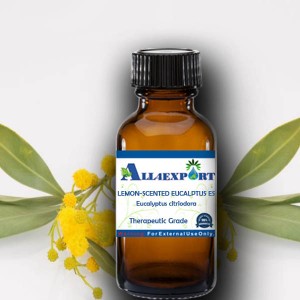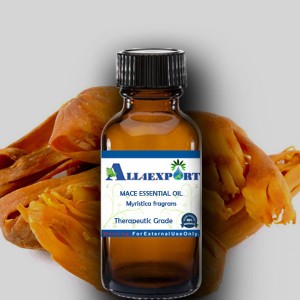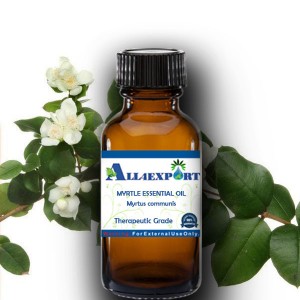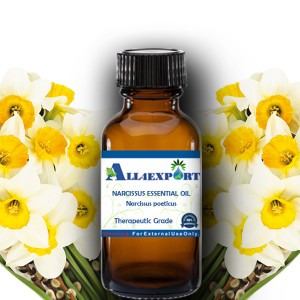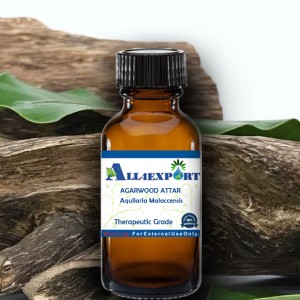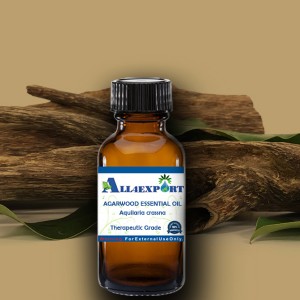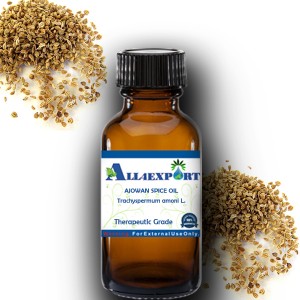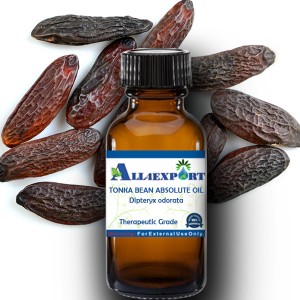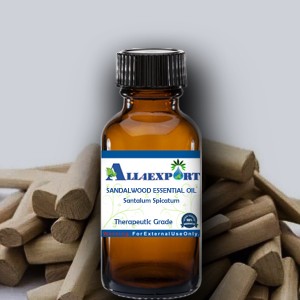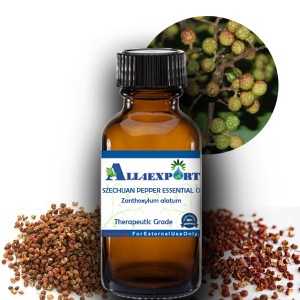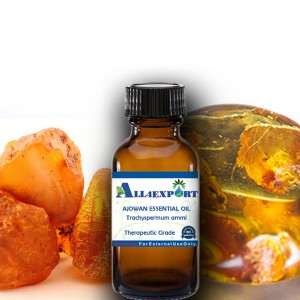| TARRAGON ESSENTIAL OIL |
Botanical Name | : | Artemisia dracunculus | Country of Origin | : | India | Solubility | : | Alcohol | Specific Gravity | : | -.720 | Optical Rotation | : | +1 to + 10 | Refractive Index | : | 1.50400 to 1.52000 @ 20.00 °C | Plant Part | : | Herb | Bland With | : | Carrot seed, lavender, lime and rosewood | CAS No | : | 90131-45-6 | Flash Point | : | 158.00 °F. TCC ( 70.00 °C. ) | Extraction Method | : | Steam Distilled |
|
Description : Tarragon Essential oil is perennial herbs these have easy and smooth narrow leaves, which an erect steam up to 1-2 metres tall and small yellow/green, inconspicuous flowers. It is native to European, southern Russia and western Asia. These are also can easily be available all over the world. However, the Taraagon oil is produced in France, Spain, Holland, Hungary and the USA.
|
Constituents : Estragol, methyl eugenol, 7-methoxycoumarin, geraniol and eugenol. |
Common Names :tarragon herb oil, artemisia dracunculus l. herb oil estragon oil, tarragon oil (artemisia dracunculus)
|
Uses and Benefit : Tarragon essential oil herbs are commonly used to cure hiccups, anorexia, internal spasm, flatulence, dyspepsia, nervous indigestion and even menstrual pains. In additionally, The oil are also used in blended massage oil and vapor therapy. It is known for adding fragrances to umpteen components like detergents, soaps, soft drinks, alcohols, cosmetics and perfumes. |
Caution Note: We recommend Keep out of the reach of children. Avoid contact with skin and eyes.
All of the information and opinions that are provided on this web site are for informational and educational purposes only. This information is not intended to replace medical advice given by a medical practitioner. Anyone considering alternative therapies should consult with their medical professional before using an alternative method of healing. We do not give nor is any opinion on our web site medical advice.
|






